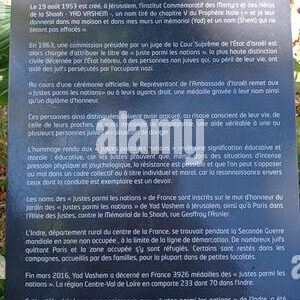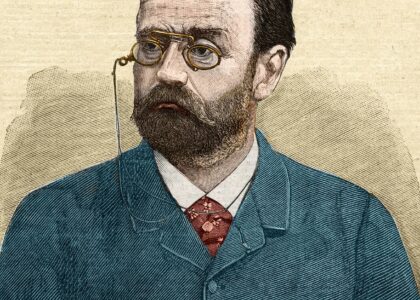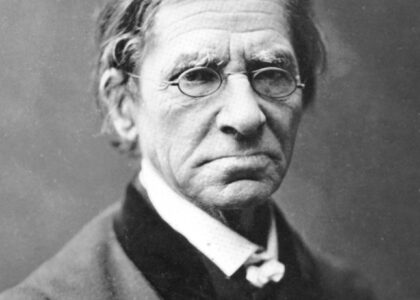Welcome to the Tombeau de Léonard de Vinci, a remarkable historical site that marks the final resting place of one of the greatest minds in history, Leonardo da Vinci. Nestled in the picturesque Loire Valley, this tomb is located in the Chapel of Saint-Hubert, part of the Château d’Amboise in France.
Leonardo da Vinci, a polymath whose curiosity knew no bounds, spent the last years of his life in Amboise, invited by King Francis I of France. The king, a great admirer of Leonardo’s work, provided him with the Château du Clos Lucé as a residence, where Leonardo lived from 1516 until his death in 1519. During these years, Leonardo continued his work, delving into projects across various fields, from engineering and architecture to painting and sculpture.
In 1519, Leonardo passed away on May 2nd. The exact cause of his death remains uncertain, though it is often attributed to a stroke. He was buried in the Chapel of Saint-Hubert, within the grounds of the Château d’Amboise. This chapel is a beautiful example of Gothic architecture and is dedicated to Saint Hubert, the patron saint of hunters. The tomb of Leonardo da Vinci became a site of pilgrimage for those inspired by his genius.
Over the centuries, the chapel and Leonardo’s tomb have undergone several changes and restorations. During the French Revolution, the site suffered damage, and his remains were moved. However, they were later returned to the chapel, where they rest today, marked by a simple yet elegant tombstone.
Leonardo’s presence in Amboise and his final resting place highlight the cultural exchange between Italy and France during the Renaissance. His impact on art and science continues to resonate, with visitors from around the world coming to pay homage to the Renaissance master. This site not only commemorates Leonardo’s life but also inspires the enduring legacy of creativity and innovation.






